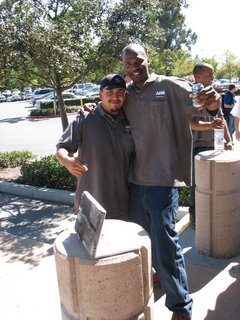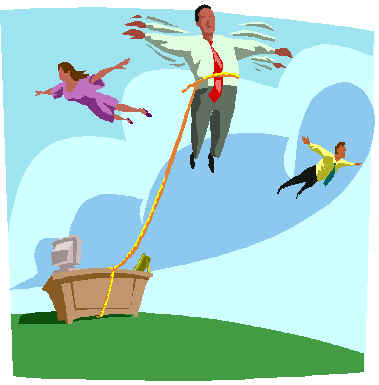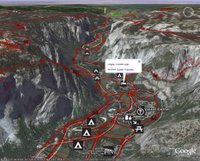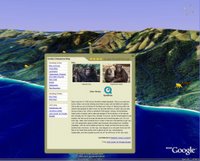Though e-mail is a powerful and convenient medium, researchers have identified three major problems. First and foremost, e-mail lacks cues like facial expression and tone of voice. That makes it difficult for recipients to decode meaning well. Second, the prospect of instantaneous communication creates an urgency that pressures e-mailers to think and write quickly, which can lead to carelessness. Finally, the inability to develop personal rapport over e-mail makes relationships fragile in the face of conflict.
In effect, e-mail cannot adequately convey emotion. A recent study by Profs. Justin Kruger of New York University and Nicholas Epley of the University of Chicago focused on how well sarcasm is detected in electronic messages. Their conclusion: Not only do e-mail senders overestimate their ability to communicate feelings, but e-mail recipients also overestimate their ability to correctly decode those feelings.
One reason for this, the business-school professors say, is that people are egocentric. They assume others experience stimuli the same way they do. Also, e-mail lacks body language, tone of voice, and other cues - making it difficult to interpret emotion.
"A typical e-mail has this feature of seeming like face-to-face communication," Professor Epley says. "It's informal and it's rapid, so you assume you're getting the same paralinguistic cues you get from spoken communication."
To avoid miscommunication, e-mailers need to look at what they write from the recipient's perspective, Epley says. One strategy: Read it aloud in the opposite way you intend, whether serious or sarcastic. If it makes sense either way, revise. Or, don't rely so heavily on e-mail. Because e-mails can be ambiguous, "criticism, subtle intentions, emotions are better carried over the phone," he says.
| |
|
SOURCE: KRUGER AND EPLEY,'EGOCENTRISM OVER E-MAIL.'; SCOTT WALLACE - STAFF
|
 |
http://www.typepad.com/t/trackback/5117486
 technorati tags: customer, interaction, voice, messaging, customer, contact
technorati tags: customer, interaction, voice, messaging, customer, contact
 Dion Hinchcliffe an enterprise 2.0 commentator over on ZDNet has a very good article on some of the basic principles of using or creating enterprise software under "2.0" principles. (http://blogs.zdnet.com/Hinchcliffe/?p=68).
Dion Hinchcliffe an enterprise 2.0 commentator over on ZDNet has a very good article on some of the basic principles of using or creating enterprise software under "2.0" principles. (http://blogs.zdnet.com/Hinchcliffe/?p=68).
 technorati tags: customer, interaction, voice, messaging, customer, contact
technorati tags: customer, interaction, voice, messaging, customer, contact












